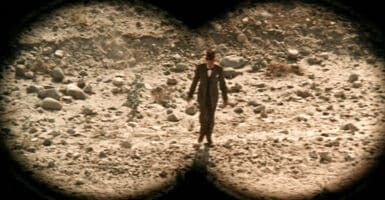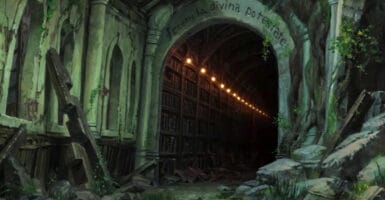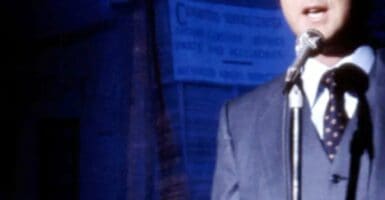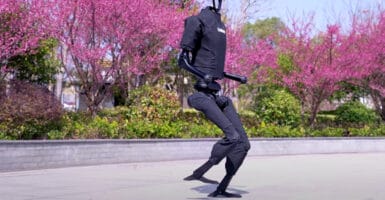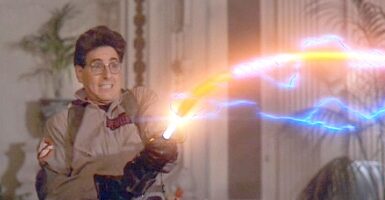Nukes In Space Resulted In Rainbow Skies Over Hawaii
This article is more than 2 years old
 How careless were we in the early 60s? During the summer of 1962, the US government conducted a secret experiment to launch a nuclear warhead from Johnston Island (west of Hawaii). The warhead’s destination was 250 miles into space over the Pacific Ocean. Once it hit its mark, the warhead was detonated. Why? Just to see what would happen.
How careless were we in the early 60s? During the summer of 1962, the US government conducted a secret experiment to launch a nuclear warhead from Johnston Island (west of Hawaii). The warhead’s destination was 250 miles into space over the Pacific Ocean. Once it hit its mark, the warhead was detonated. Why? Just to see what would happen.
The experiment was code-named “Starfish Prime” and its results lingered in the sky for many generations to come. What happened exactly? When the nuclear weapon exploded in space an electrical pulse radiated from its aftermath, powerful enough to affect electrical circuits, power lines, and streetlights in Hawaii, nearly 600 miles away.
The result of the experiment gave researchers data on the nuclear blast’s effect on the Van Allen Radiation Belt, a system of electrical bands of high-energy protons and electrons that follow and circulate around the Earth’s natural magnetic field. Researchers wanted to know if the Van Allen Radiation Belt could be used for a military national defense.
When radioactive particles came into contact with oxygen and nitrogen in Earth’s atmosphere the result was a spectacular light show over the Pacific Ocean. Bystanders from Hawaii to New Zealand reported witnessing the views of “rainbow skies,” which was the result of the nuclear fallout in space. The particles took years to eventually normalize the Earth’s atmosphere before the “Starfish Prime” experiment.
Since 1962, after the “Starfish Prime” experiment, governments with nuclear programs around the world have signed a number of nuclear non-proliferation treaties to prevent these experiments from ever happening again. Watch the declassified US nuclear test film of “Starfish Prime” below:
